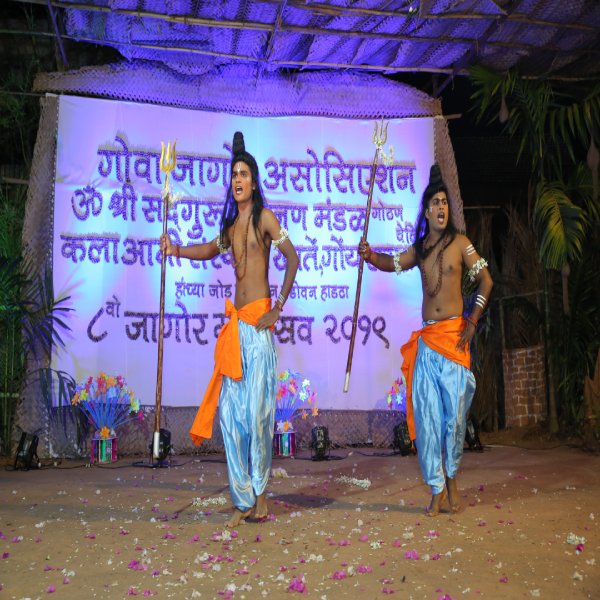
Themes
tribal dance
JAGOR (Folk Theater of Goa) GESTURES, goa
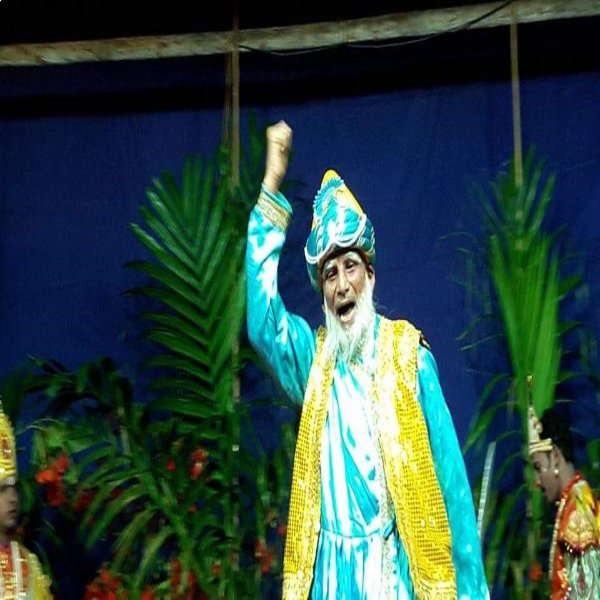
Jagor is a religious ritual, the main purpose of which is worshiping deities and acquiring their blessings. The people of the Gawda tribe feel that through Jagor, they can please the deities, which is vital for the safety and prosperity of the village and for peace as well. During Jagor, the artists, along with the villagers, sing religious songs, offer prayers and perform various rituals, which are a testimony of their faith and devotion. During this performance, all the people of the village come together and include dance and music in their activities.
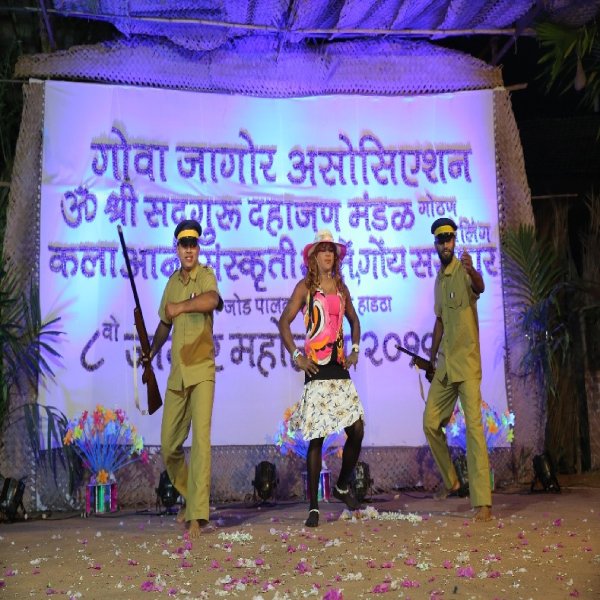
Jagor dance plays an important role in local folk art festivals and cultural events, mostly into local arts, musical concerts, and dance festivals to enlighten the cultural diversities and traditional traits of Goa. The performances of Jagor add glamour to these events and make the audiences aware of the distinctiveness of this traditional folk art. Generations to Generations the art has been taught orally through the performances themselves without the need for much special formal training, for it lives in the people's blood. Besides this, Jagor offers some sort of social platform, never to be replaced.
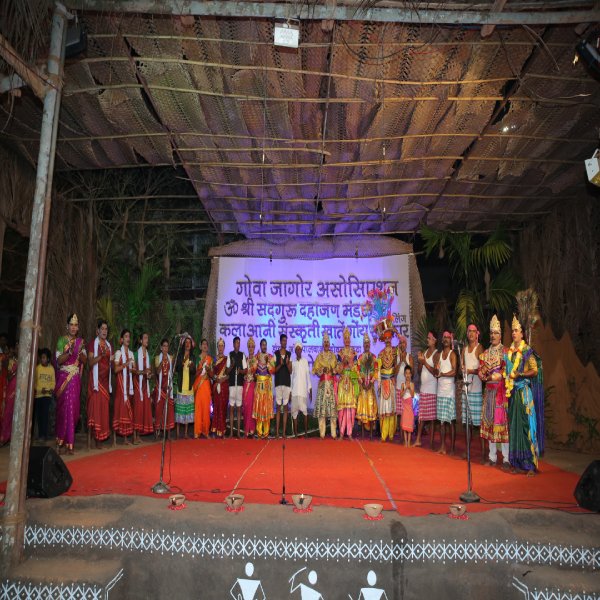
This tribe gang of goa is characterized by its oral traditions, which comprise the culture, mythology, and history of the people. The jagor dance is best known for its performances by this tribe, a facet of identity and heritage. The jagor performance takes place at a place known as the 'jagaracho mand'. Jagra Mand is a holy place, much respected in the village side. In parts of the locality, the traditional offering to the local deity is performed with the faith. Originally, jagor is played by Gawda community, which being a tribe, loves to enjoy the rhythm of jagor. Mostly, agricultural work is done by the Gawda community. Jagor is played after harvesting and before the monsoon in honor of the land.
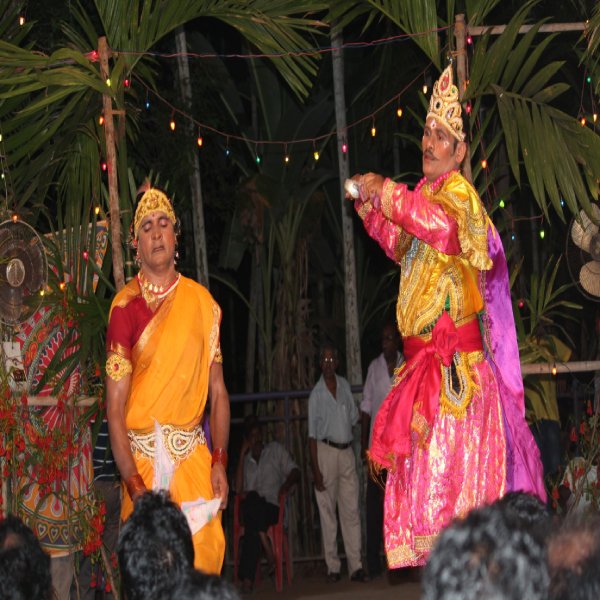
Jagor is a form of folk art that performs folk theater-cum-folk dance in varying combinations of theater, music, dance, and singing. The program spans some 8 hours-i.e., from about 10 pm until 6 am next morning-culminating with music played upon folk percussion instruments such as Ghumat, Dub, and Kasale. Jagor is performed with a variety of themes, including historical, cultural, social, and mythological. An imaginary character represents a kind of story that connects to any of the aforementioned themes. The oldest cultural legacy of Jagor is passed down from generation to generation. In the region, it is performed as a folk art by male artists only; performers are traditionally members of the Gawda community.
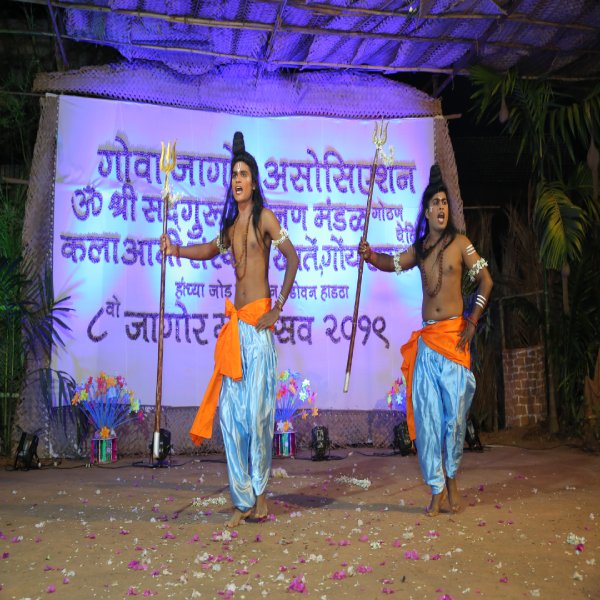
Jagor is a folk form which carries folk theater and folk dance within itself through a combination of theater, music, dance, and singing. The performance lasts for approximately eight hours i.e., from 10 pm to 6 am; its rhythmic invention has been done through folk instruments such as Ghumat, Dub, and Kasale. The Jagor has been performed on varied themes- historical, cultural, social, and mythological, along with an imaginary character representing a kind of story relating to these themes. The age-old cultural legacy of Jagor is being preserved from generations for generations. In fact, locally, this folk art Jagor is performed tradition-wise by male artists of the Gawda community.

